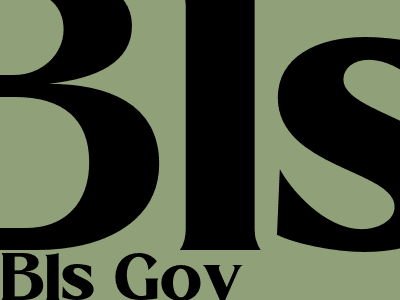What is Bls.Gov?
A Comprehensive Overview of the Bureau of Labor Statistics
The Bureau of Labor Statistics (BLS) is a federal agency under the U.S. Department of Labor that collects, analyzes, and disseminates data on labor market activities, prices, and living conditions.
Key Functions of the BLS
- Tracks Employment and Unemployment: Provides data on employment, unemployment, and labor force participation.
- Measures Inflation and Consumer Spending: Calculates the Consumer Price Index (CPI) and Producer Price Index (PPI) to track price changes.
- Conducts Economic Research: Analyzes economic trends, publishes reports, and provides data for policy development.
Data Collection Methods
The BLS uses various methods to collect data, including:
- Surveys: Conducts household and business surveys to gather information on employment, wages, prices, and spending.
- Administrative Records: Collects data from government agencies, such as unemployment insurance claims and payroll records.
- Price Observation: Collects price data from retail stores and other outlets to calculate inflation measures.
Dissemination of Information
The BLS disseminates its data through various channels:
- Monthly Reports: Publishes monthly reports on the unemployment rate, inflation, and other labor market indicators.
- News Releases: Issues news releases announcing major economic indicators and reports.
- Website and Databases: Provides access to extensive data tables, charts, and publications on its website.
Importance of BLS Data
BLS data is crucial for:
- Economic Policymaking: Informs government policies on employment, inflation, and economic growth.
- Business Planning: Helps businesses make informed decisions on hiring, production, and pricing.
- Public Understanding: Provides the public with accurate and timely information on labor market conditions and economic trends.

Komentar